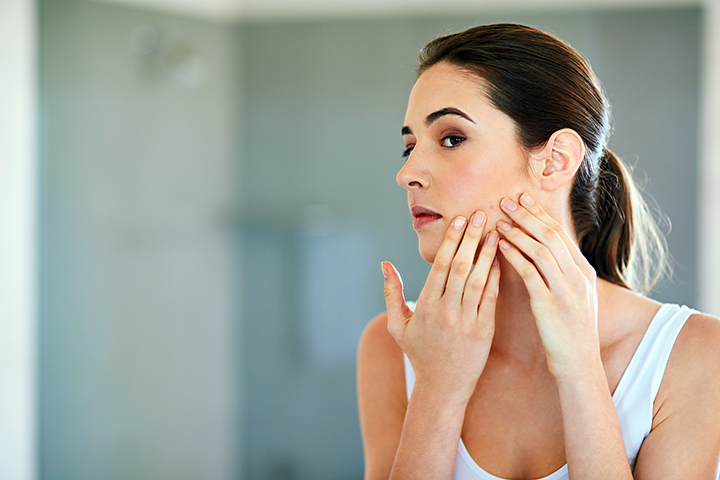Understanding Folliculitis in the Beard Area: Causes & Care
If youve ever spotted tiny red bumps beneath your beard, youre definitely not alone. These blemishes might indicate folliculitis in the beard area, a common condition that's often overlooked. As a beautician, being able to identify and manage this skin issue is essential, since your client's skin health plays a critical role in their overall grooming satisfaction.

What is Folliculitis?
Folliculitis refers to the inflammation of one or more hair follicles. While it frequently occurs in the beard area due to shaving, it can actually develop wherever hair grows on the body. This condition can present various symptoms, ranging from mild discomfort to more noticeable irritation that includes itching or pain.
Causes of Folliculitis in the Beard Area
There are multiple factors that can lead to folliculitis in the beard area. The most common cause is improper shaving techniques that irritate the skin. Using a dull blade or neglecting proper pre- and post-shave routines can damage hair follicles, making them susceptible to infection. Additionally, tight clothing rubbing against the skin and poor hygiene practices can contribute to the issue.
Shaving and Folliculitis
Shaving is a staple of many mens grooming routines, but if done incorrectly, it can worsen folliculitis. Its important to advise clients on the importance of using a clean, sharp razor and shaving in the direction of hair growth to reduce irritation.
Signs and Symptoms
Being aware of the signs of folliculitis helps with early detection and prevention. Look out for pus-filled bumps, red and inflamed skin, or itchy rashes in the beard area. In more severe cases, you might notice slight scarring or crusty scabs.
Prevention and Treatment Tips
As a beauty professional, providing personal care advice is part of your responsibilities. Here are a few tips to help prevent and treat folliculitis in the beard area:
Practice Good Shaving Habits
Encourage your clients to use their own razor for each shave, ensuring it's sharp and clean. Using shaving creams or gels will provide adequate lubrication and minimize irritation. Recommend applying a gentle aftershave lotion afterward to soothe the skin.
Maintain Hygiene and Skin Care
Cleansing the face regularly with an appropriate face wash can help eliminate dirt and bacteria that lead to folliculitis. This is especially important for those who frequently wear face masks or helmets. For more information, check out this article on washing insulation off.
When to Seek Professional Help
If folliculitis persists despite following home care suggestions or if the symptoms worsen, it would be wise for professionals to direct their clients to a dermatologist for personalized treatment options.
For more comprehensive clinical insights, consider visiting the DermNet.
Additional Tips and Advice
As a beautician, providing well-rounded care advice is essential. Encourage clients to eat a balanced diet rich in vitamins and minerals that are vital for skin and hair health. Staying hydrated can also keep the skin moisturized, potentially easing folliculitis symptoms.
Knowledge is empowering for both beauticians and clients. Sharing practical insights about folliculitis in the beard area not only enhances client satisfaction but also increases their confidence in their grooming regimen and your expertise.

FAQs
How can I tell folliculitis apart from acne?
Although acne and folliculitis can appear similar, folliculitis typically features inflamed bumps surrounding hair follicles. If you're unsure, consulting a dermatologist is recommended.
Can I shave daily if I have folliculitis?
Frequent shaving could exacerbate folliculitis. Its advisable to let the skin heal and follow a gentle grooming regimen tailored to reduce irritation.
What products are effective in preventing folliculitis?
Opt for alcohol-free, fragrance-free moisturizers and mild exfoliants. These can help minimize irritation and keep the skin feeling comfortable. For additional discussions on skin health, you can explore sources like folliculitis vs acne.
For a deeper understanding of skin health matters, check out Medical News Today.

